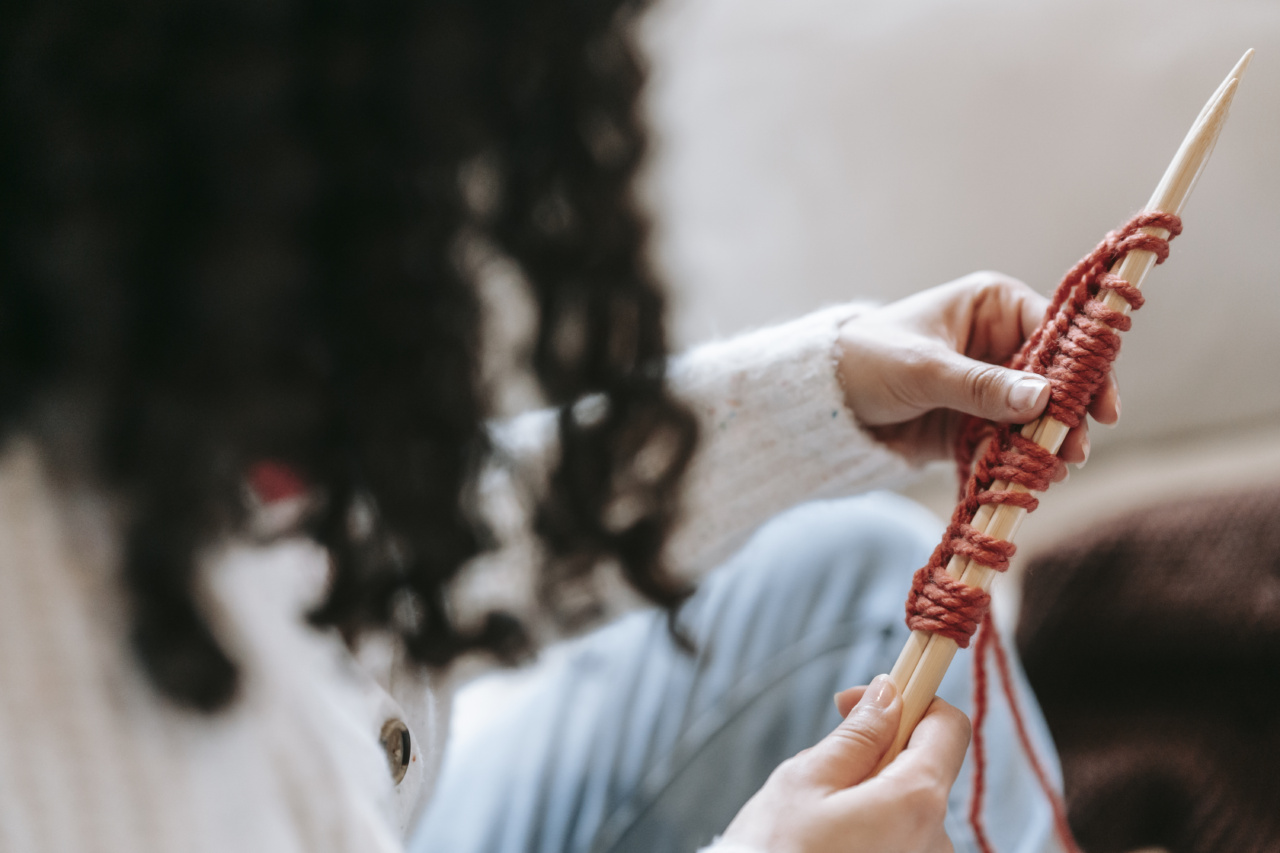Osteoarthritis is a degenerative joint disease that affects millions of people around the world. It is a very painful and debilitating condition that can make it difficult to perform even the most basic activities of daily living.
Unfortunately, diagnosing osteoarthritis can be a very difficult process, and many people suffer from the condition for years before receiving a proper diagnosis.
The Traditional Diagnosis Method
Traditionally, osteoarthritis has been diagnosed using X-rays. This technique has been used for decades, and it is still the most common method of diagnosing the condition. However, X-rays have certain limitations.
They can only detect changes in bone, which means that they cannot detect early changes in the cartilage or other soft tissues surrounding the joint. This means that X-rays are only effective for diagnosing osteoarthritis in its later stages.
The Revolutionary Technique
A revolutionary new technique has recently been developed that can diagnose osteoarthritis much earlier than traditional methods. This technique is called magnetic resonance imaging (MRI).
MRI uses a powerful magnetic field and radio waves to create detailed images of the soft tissues surrounding the joint, including the cartilage. This means that MRI can detect early changes in the cartilage that are not visible on X-rays.
How MRI Works
MRI works by aligning the protons in the water molecules within the body with a strong magnetic field.
When radio waves are directed at these aligned protons, they absorb the energy from the radio waves and then emit it back as a signal that can be detected by the MRI machine. The signal is then processed by a computer to create detailed images of the body.
The Benefits of MRI for Osteoarthritis Diagnosis
MRI has several benefits for diagnosing osteoarthritis:.
- Early detection: MRI can detect the early changes in the cartilage that are not visible on X-rays, which means that osteoarthritis can be diagnosed much earlier.
- Accuracy: MRI can create highly detailed images of the joint, which means that it is more accurate than other diagnostic methods.
- Non-invasiveness: MRI is a non-invasive technique, which means that there is no need for injections or other invasive procedures.
- Pain-free: MRI is pain-free, which means that patients do not need to undergo any uncomfortable procedures.
When to Use MRI for Osteoarthritis Diagnosis
MRI is not always necessary for diagnosing osteoarthritis. In fact, it is typically only used in certain situations, such as:.
- Difficult cases: If the diagnosis is not clear based on X-rays or other diagnostic methods, MRI may be necessary to get a more accurate picture of the joint.
- Early-stage osteoarthritis: If a patient is experiencing joint pain but X-rays do not show any significant changes in the bone, MRI may be used to detect early changes in the cartilage.
- Pre-surgical evaluation: MRI may be used to evaluate the joint before surgery to ensure that the surgery is necessary and to get a better idea of the extent of the damage.
Conclusion
MRI is a revolutionary new technique for diagnosing osteoarthritis. It is more accurate, non-invasive, and pain-free than traditional methods, and it can detect early changes in the cartilage that are not visible on X-rays.
If you are experiencing joint pain, talk to your doctor to determine if MRI is necessary for your diagnosis.






























